20+ Years Experience
Specialist Education Providers

There’s a magic in the great outdoors that binds seamlessly with the boundless imagination of children, turning nature into their richest playground. However, when considering children with special educational needs and disabilities (SEND), we realise the importance of properly tailored outdoor sensory play equipment.
Today’s blog explores this ingenious blend of stimulative fun and developmental help. Not only does outdoor sensory play equipment enable every child to join in on the fun, but it also aids in refining their motor skills, cognitive abilities, social skills, and overall well-being.
Get ready to discover how a simple playground can transform into a powerful tool for enhancing children’s development through outdoor play alone.
Outdoor sensory play equipment offers numerous benefits for children. It stimulates their senses, promotes learning and development, encourages exploration and discovery, and fosters the development of real-life skills through interactive play.
Additionally, it helps children develop problem-solving skills, express emotions, promote empathy, and build lasting confidence.
Incorporating sensory play equipment into outdoor play areas is a fantastic way to enhance children’s development through play.
This type of equipment is designed specifically to engage multiple senses, such as touch, sight, sound, and even smell, allowing children to explore and interact with their environment in a meaningful and stimulating way.
By providing opportunities for sensory experiences outdoors, children not only have fun but also develop crucial skills that contribute to their overall growth and well-being.
One important aspect of sensory outdoor play equipment is its ability to stimulate the sense of touch by offering various textures for children to explore. Textured surfaces on play structures or natural elements in the environment can provide a range of tactile sensations that engage the hands and feet.
For example, a climbing wall built with different textures like rough rocks or rubberised grips allows children to feel different textures as they navigate the wall. They can experience the sensation of the cool stone against their palms or the bumpy texture of the rubberised grips under their fingers.
These tactile experiences not only make play more interesting but also promote sensory integration and fine motor skills development.
Another great way to stimulate touch is through the use of sensory paths or pathways featuring different textured materials such as sand, grass, rubber, or wood chips. As children walk or run along these paths, they have the opportunity to experience different sensations under their feet.
The softness of sand between toes or the smoothness of wooden planks creates a rich sensory experience that fosters proprioception (awareness of body position) and balance skills.
By providing diverse textures in outdoor sensory play equipment, we give children the chance to fully engage with their sense of touch. These experiences help them refine their fine motor skills, increase body awareness, and develop a sense of curiosity about their environment.
The sense of sight plays a crucial role in a child’s sensory development. Incorporating vibrant and visually stimulating elements into outdoor sensory play equipment can greatly enhance their experience.
By engaging with colours, children can explore the world around them in a visually captivating way. Imagine a playground adorned with colourful murals, brightly painted structures, and interactive games that incorporate different shades and hues.
These visual stimuli not only attract children’s attention but also ignite their curiosity and imagination, fostering cognitive and creative growth.
Picture a child’s delight as they run towards a rainbow-coloured climbing structure or eagerly reach out to touch colourful flowers in a sensory garden. These vibrant visuals not only bring joy but also facilitate learning by helping children differentiate between colours, develop visual perception, and enhance hand-eye coordination.
Just as colours capture our attention visually, sounds have the ability to captivate our senses acoustically. Incorporating natural sounds into our outdoor toys and sensory play equipment can create an immersive and enriching experience for children.
Imagine the sound of birds chirping, leaves rustling, or water flowing in a small stream. These soothing and calming sounds not only provide a peaceful environment for play but also establish a connexion with nature.
By integrating musical instruments like xylophones or chimes, children can explore rhythm and melody while creating their own soundscape in the playground. This encourages auditory exploration and stimulates their sense of hearing.
Additionally, incorporating interactive elements like talking tubes or animal sound panels allows children to experiment with different sounds, enhancing their auditory discrimination skills.
Picture a group of children gathered around an outdoor xylophone, striking each bar to produce unique tones. They are not only having fun but also developing their auditory perception and motor skills.
By incorporating both sight stimulation and aural engagement in outdoor sensory play equipment, we can create a multi-sensory experience and sensory garden that promotes holistic development in children.
When it comes to facilitating sensory play, there are various strategies that can be implemented to create engaging and meaningful experiences for children. Firstly, it’s important to provide a wide range of sensory materials and equipment that stimulate different senses such as touch, sight, hearing, smell, and taste.
This can include items like water tables, sandboxes, textured surfaces, musical instruments, scented materials, and tactile objects. By offering a diverse array of sensory stimuli, children have the opportunity to explore and engage with their environment in novel ways.
For instance, setting up a designated “digging pit” in the backyard where children can freely explore and play with dirt and water can be an excellent strategy for facilitating sensory play.
This allows them to experience different textures, observe cause and effect, learn about relationships (e.g. mixing mud and water), and engage in imaginative play (e.g. pretending to be archaeologists or construction workers).
In addition to providing a variety of sensory materials, it is essential to create an inclusive environment that caters to the needs of all children. This means considering the specific requirements of children with sensory-related disabilities who may require additional support or accommodations.
Providing quiet spaces for relaxation or using visual aids to assist with communication can ensure that all children feel safe and comfortable during sensory and playtime.
It’s also crucial to encourage open-ended play and allow for flexibility in how children engage with the sensory materials. Rather than dictating specific outcomes or goals, focusing on process-oriented exploration allows children to follow their interests and develop their problem-solving skills.
This might involve giving them freedom to experiment with different combinations of materials or encouraging peer collaboration in games and social interaction.
By implementing these strategies in facilitating sensory play experiences for infants, we can help children develop important skills such as problem-solving, emotional expression, empathy building, and lasting confidence.
When it comes to play, striking a balance between order and chaos is essential for facilitating optimal sensory experiences. On one hand, providing a structured environment with clear boundaries and rules can help children feel safe and secure. This structure provides a sense of predictability and control, which is particularly important for children who may be overwhelmed by too much sensory input.
For example, having designated areas or zones within an outdoor playground or garden, each catering to different types of sensory experiences, can help children navigate the space and engage in play that aligns with their individual preferences. This might include separate areas for quieter activities like reading or sensory exploration with water and sand play.
On the other hand, allowing for spontaneity, creativity, and a degree of “controlled chaos” is also crucial for promoting open-ended play and fostering children’s imagination and problem-solving skills.
Giving children the freedom to discover and explore sensory materials in their own unique ways without overly restrictive guidelines encourages their curiosity and self-expression.
Finding the right balance between order and chaos will vary depending on the context, age group, and individual needs of the children involved. It requires observation, flexibility, and responsiveness from adults to adapt the environment and play opportunities accordingly.
By maintaining an equilibrium between structure, focus and freedom within outdoor sensory play activities, we can facilitate meaningful experiences that enhance children’s development across various domains.
Outdoor sensory play has numerous benefits for children’s development. It is any activity that stimulates the senses, such as touch, sight, hearing, smell, and taste. Through sensory play, children learn about and make sense of the world around them.
Sensory play equipment in outdoor settings encourages exploration and discovery. It provides opportunities for children to engage in hands-on experiences that foster the development of real-life skills through interactive play. This type of play helps children develop problem-solving skills, express their emotions, promote empathy, and build lasting confidence.
By engaging in outdoor sensory play, children also get a chance to be physically active and explore the natural environment. They develop their fine motor skills through activities like digging in a sandpit or pouring water. Gross motor skills are enhanced through climbing structures and obstacle courses.
For instance, when children engage with water tables, they can spend 30 minutes to an hour captivated by the flow of water and experimenting with different objects within it. Gravel piles with tools like trowels and small spades are popular options among children who enjoy exploring different textures and sensory experiences.
It’s important to consider elements of sensory play in playgrounds to ensure all children can feel safe and comfortable while enjoying outdoor activities. Now let’s explore how to set up a sensory play area effectively.
Creating an engaging sensory play area requires careful planning and consideration of the specific needs and interests of the children using it. Here are some key steps to follow when setting up a sensory play area:
By following these guidelines and continuously adapting the outdoor sensory play area based on children’s feedback and interests, you can create an enriching outdoor environment that supports their holistic development.




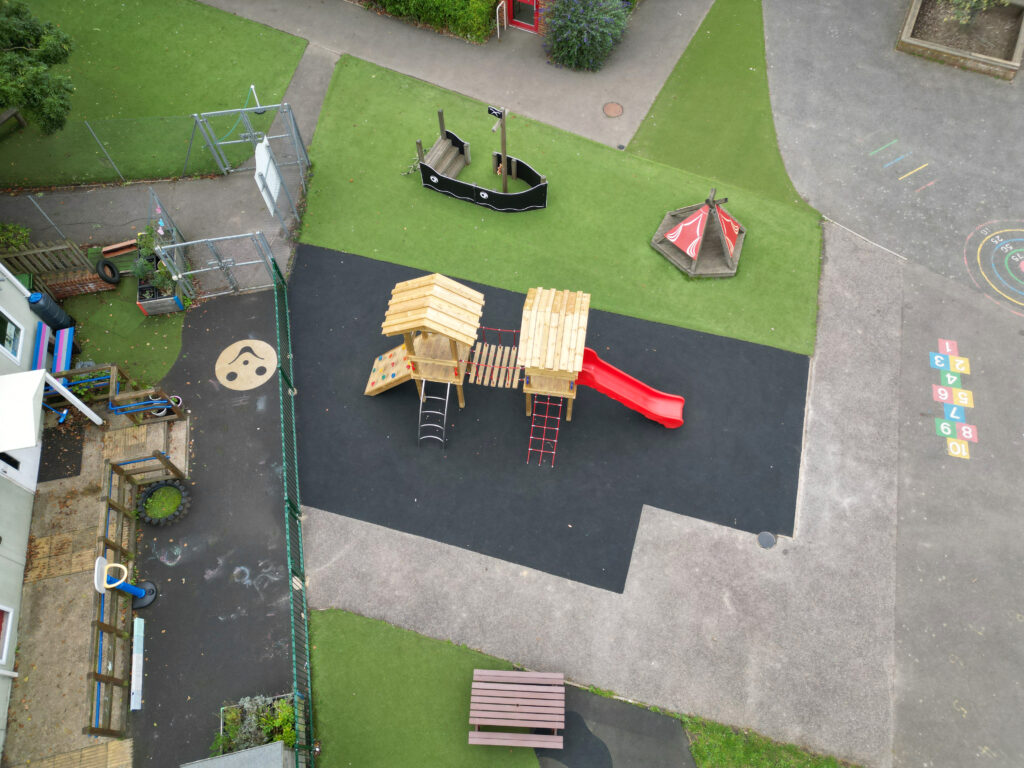

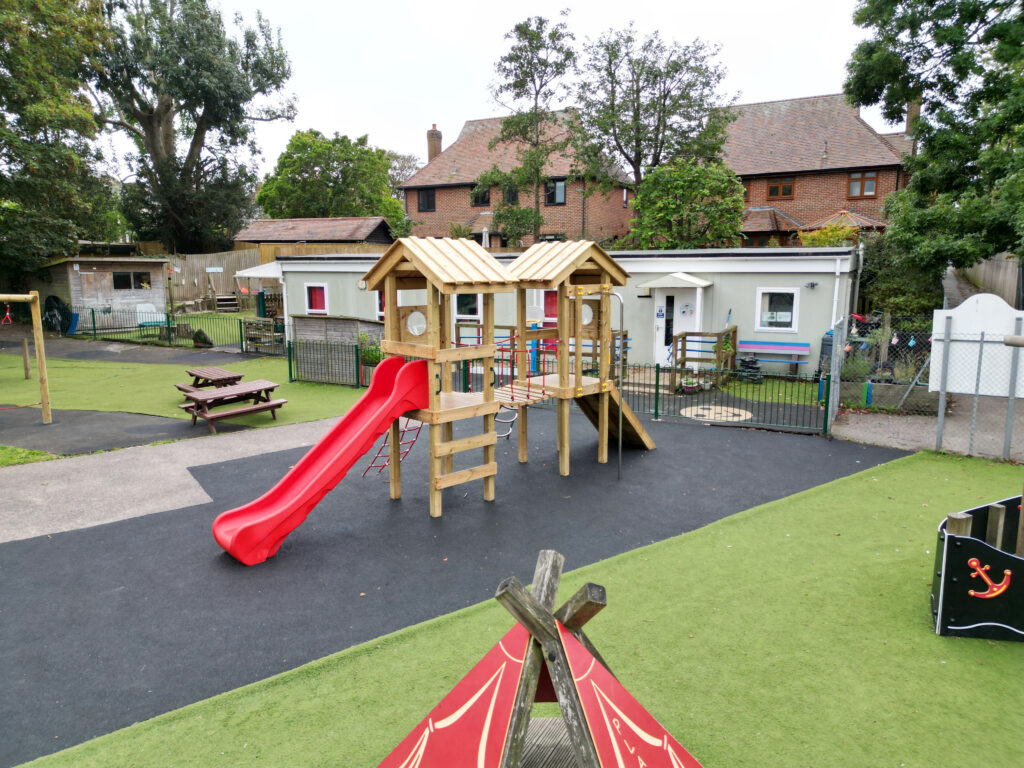
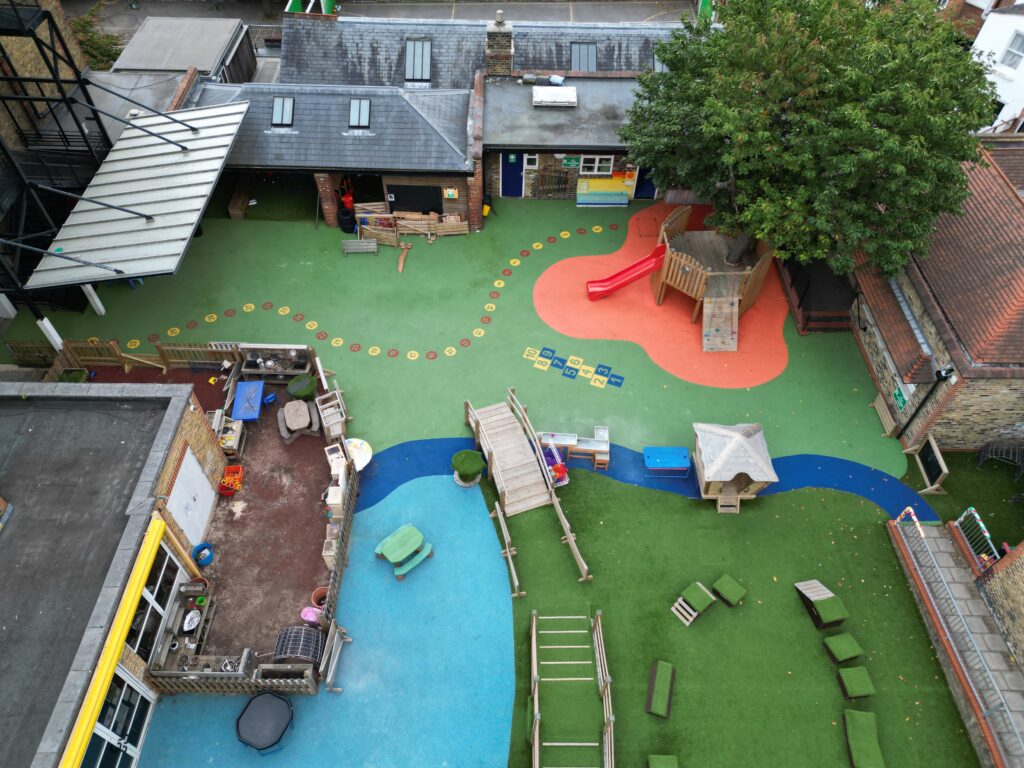






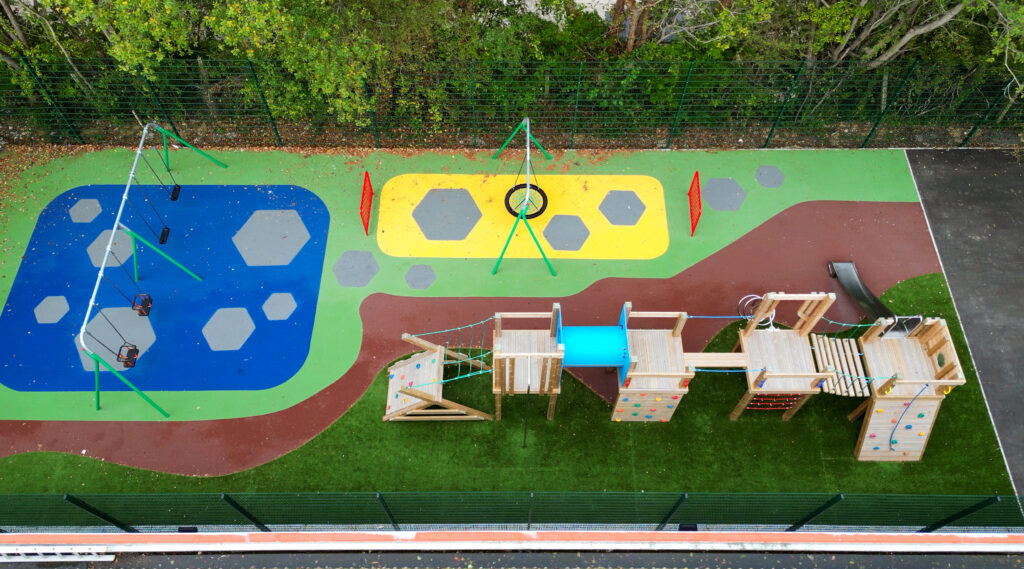










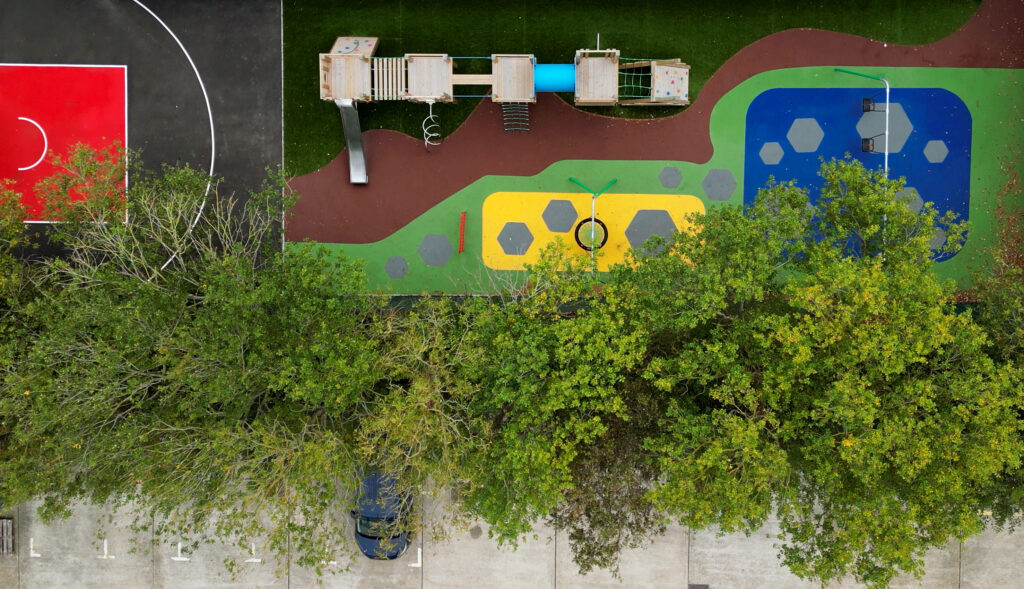









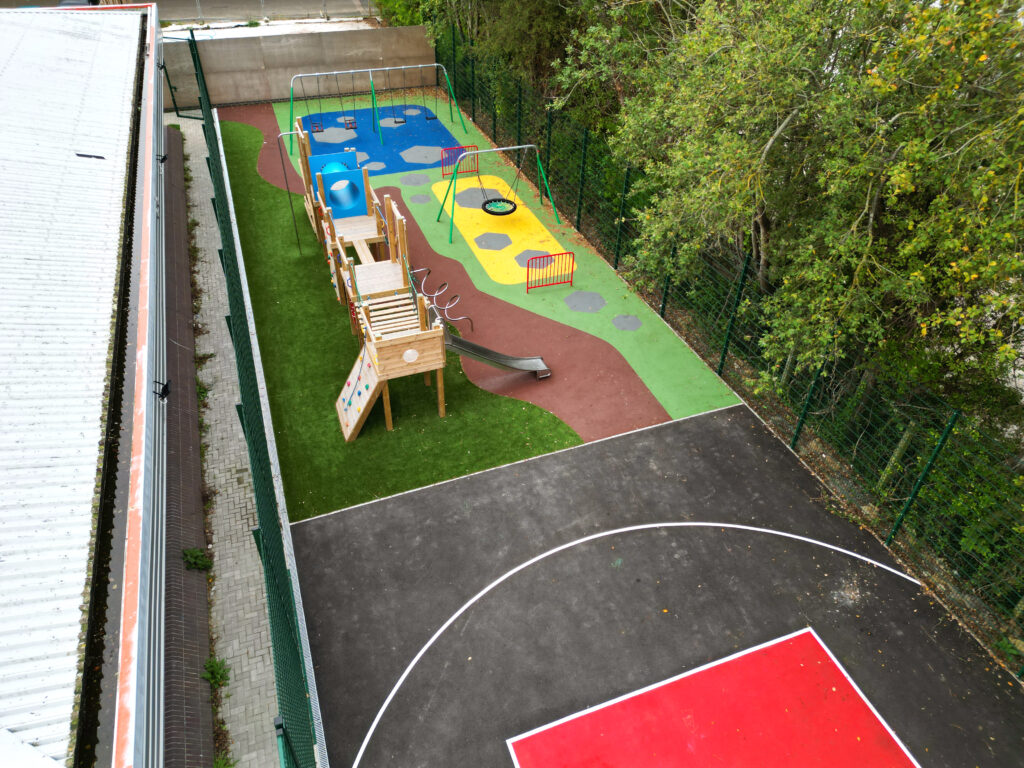



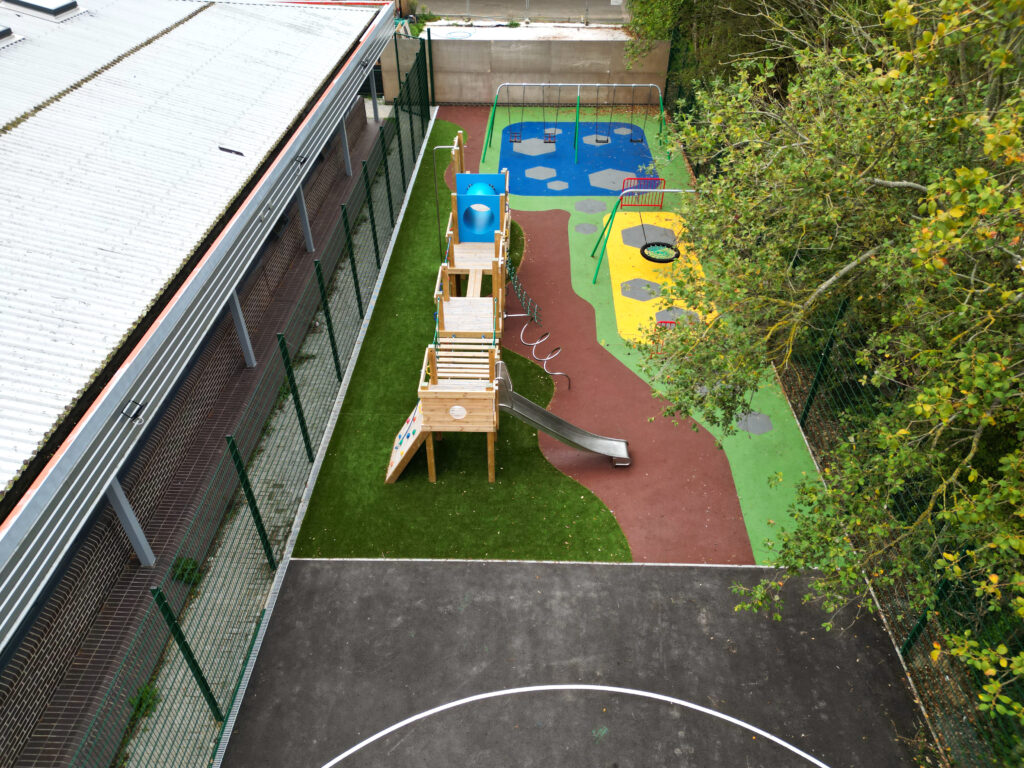







We Aim To Reply To All Enquiries With-in 24-Hours